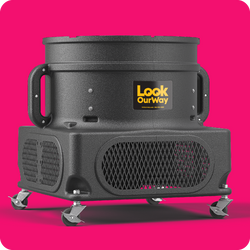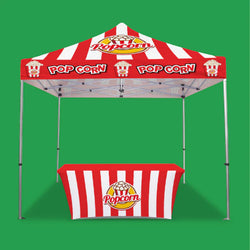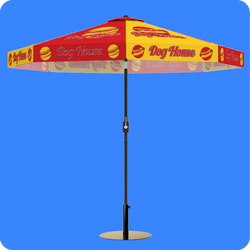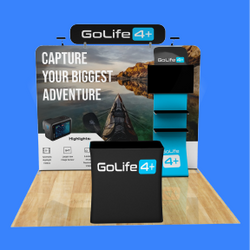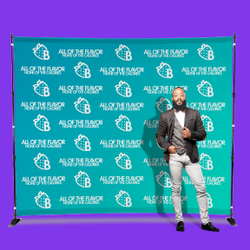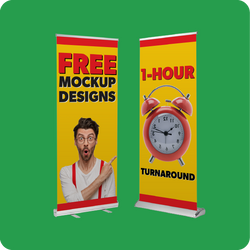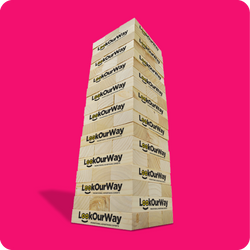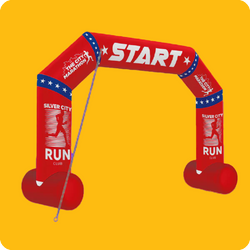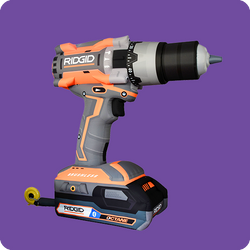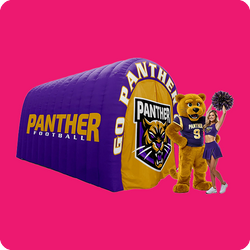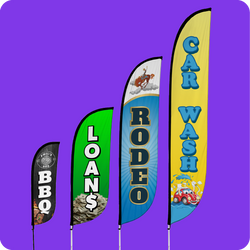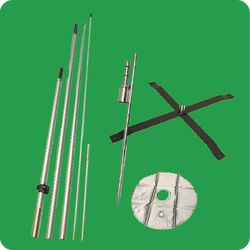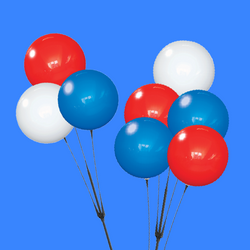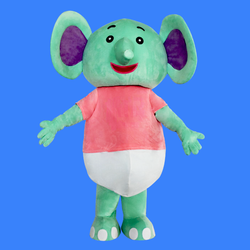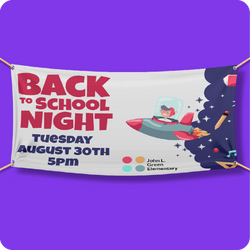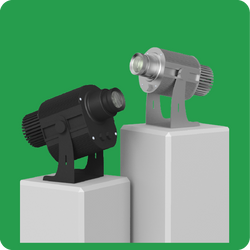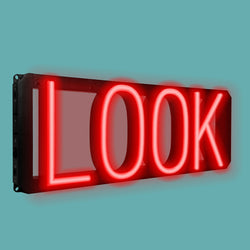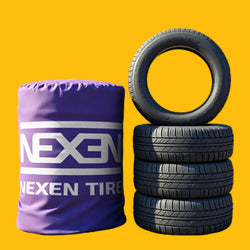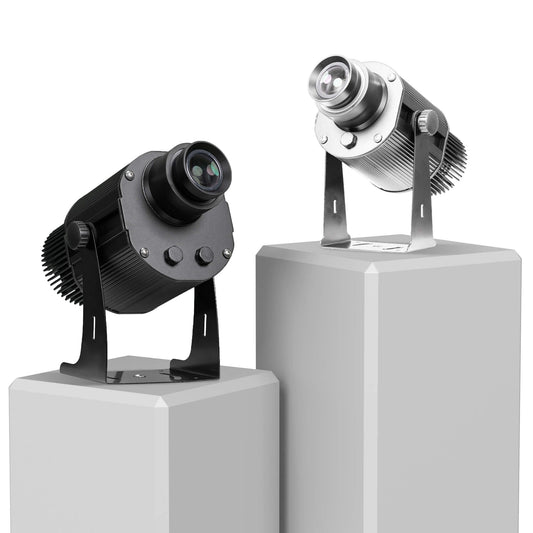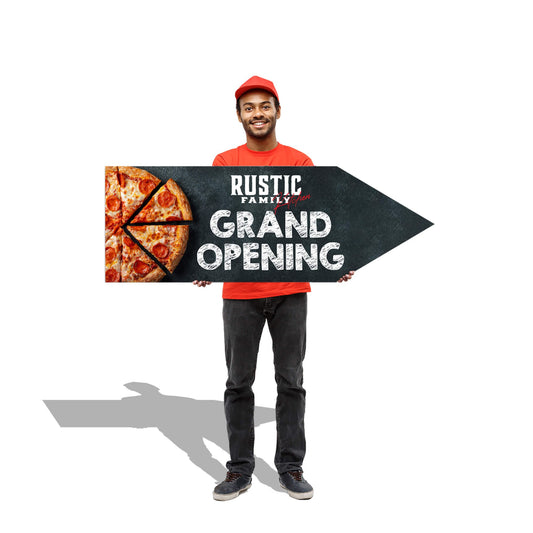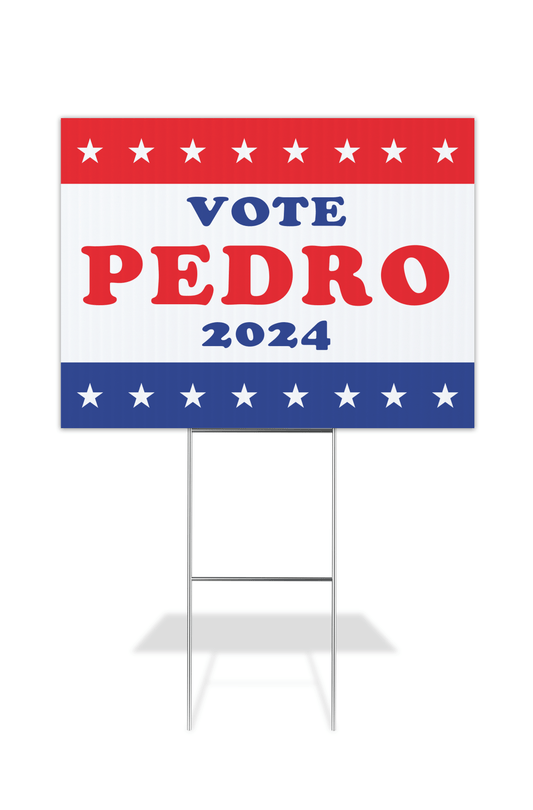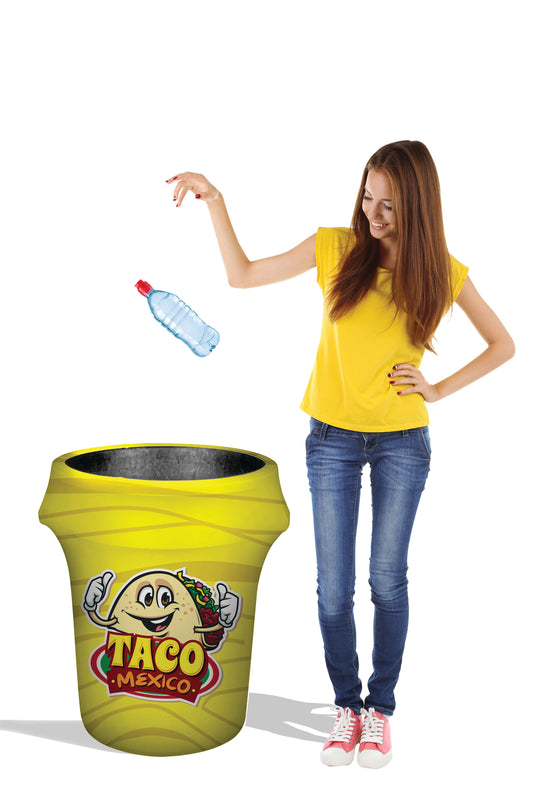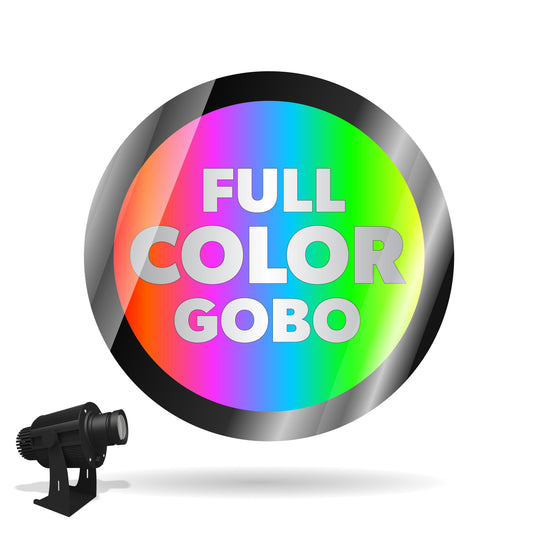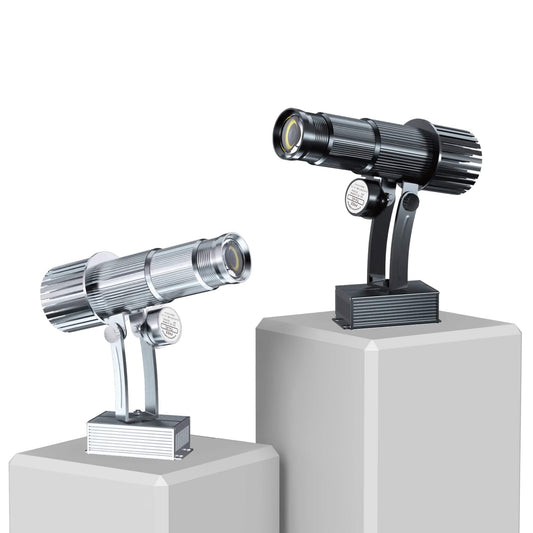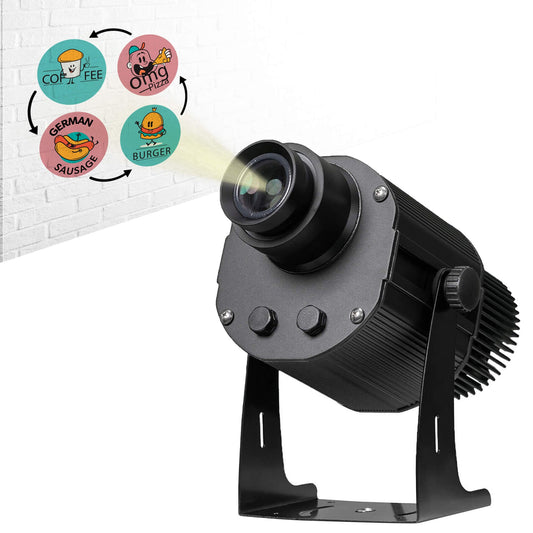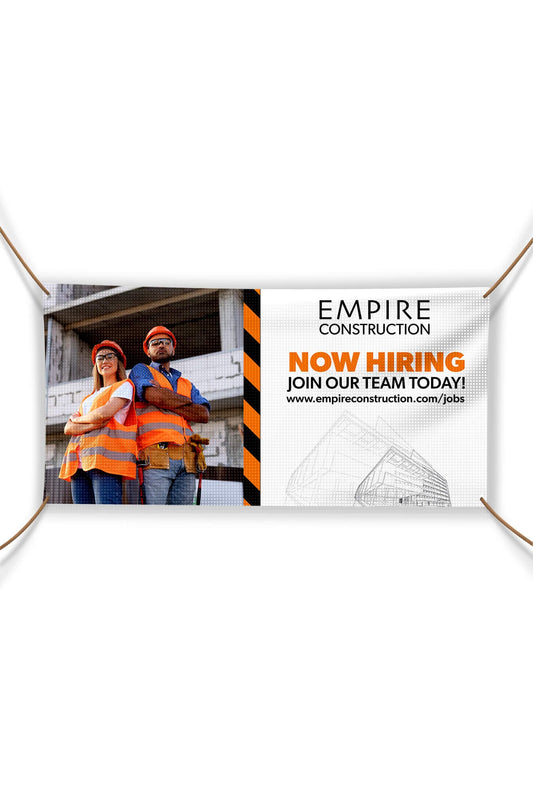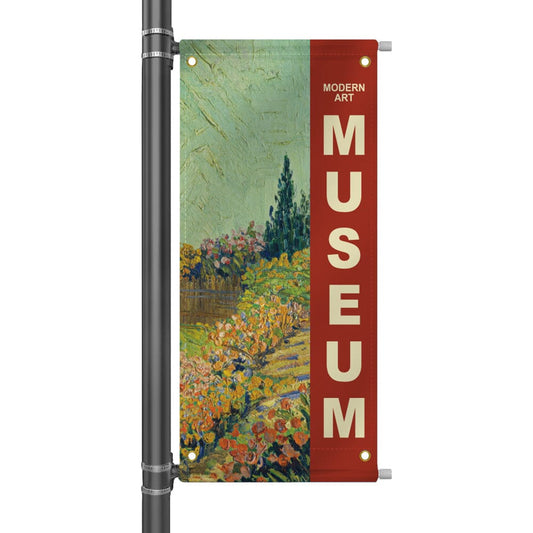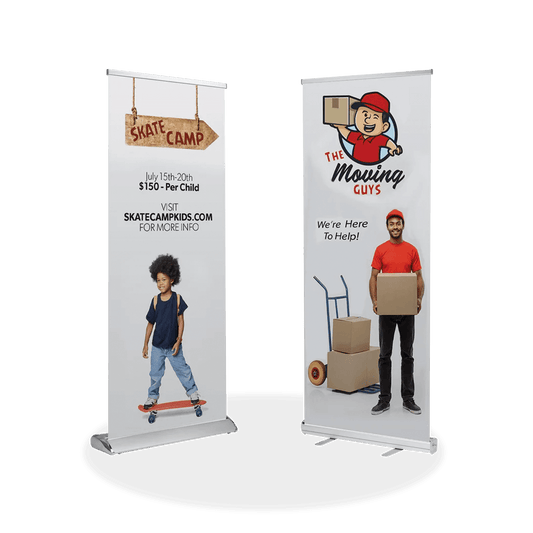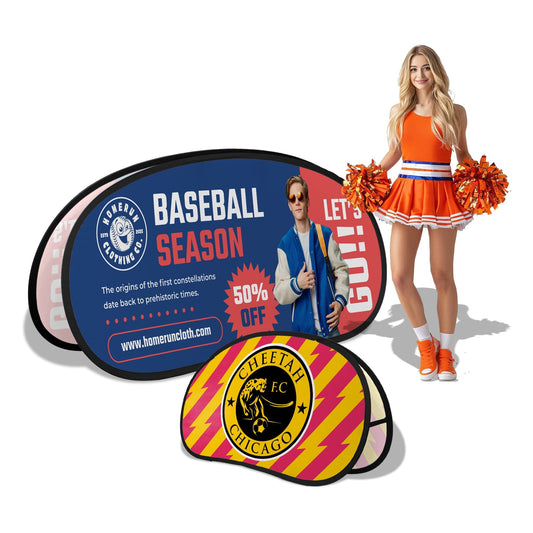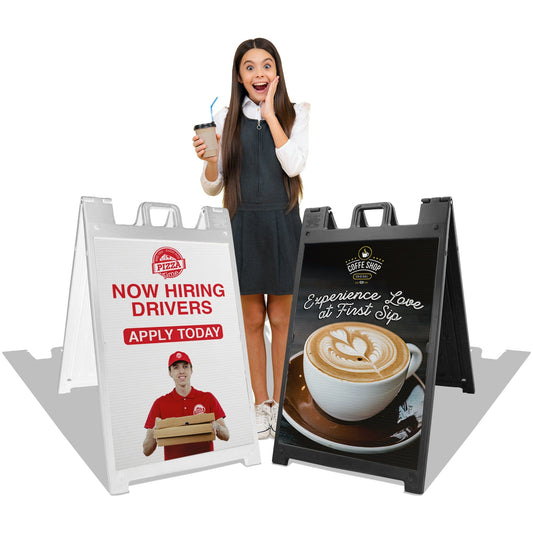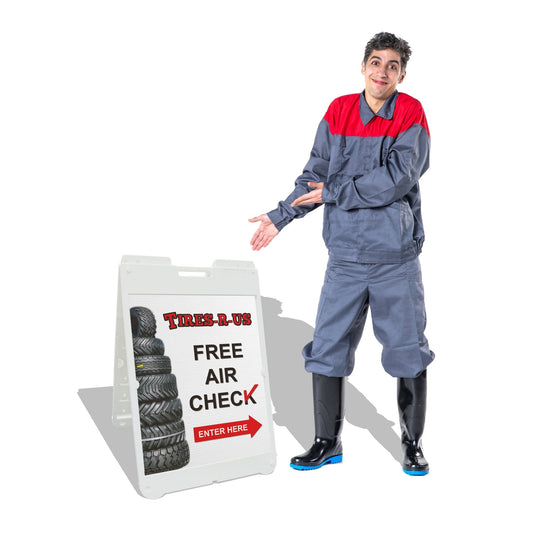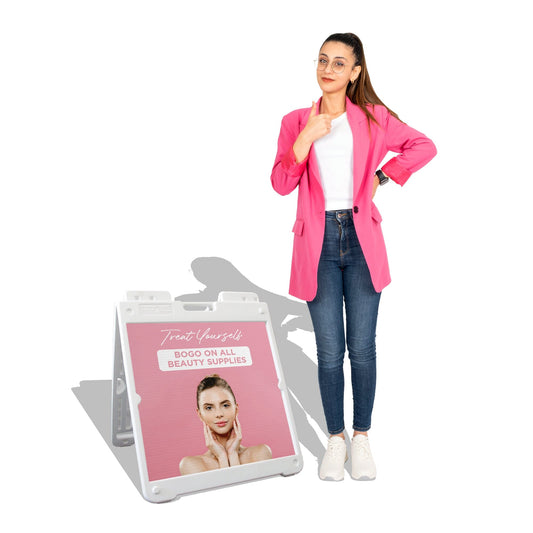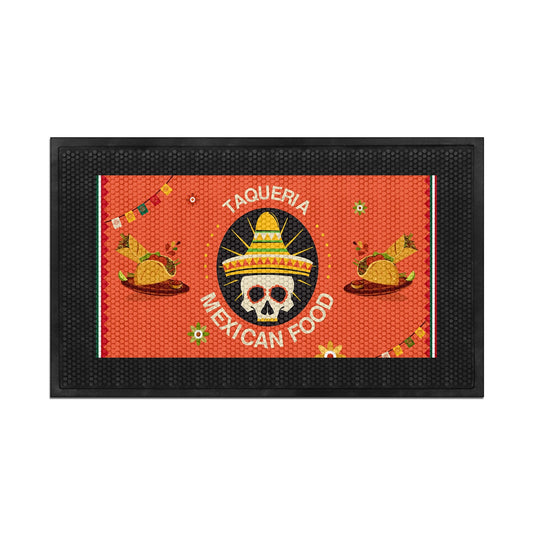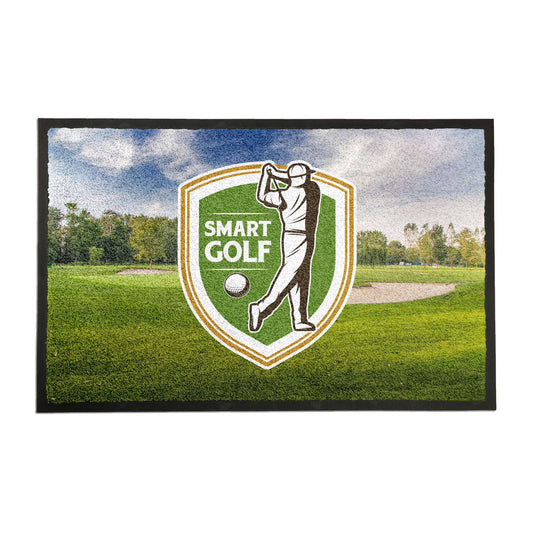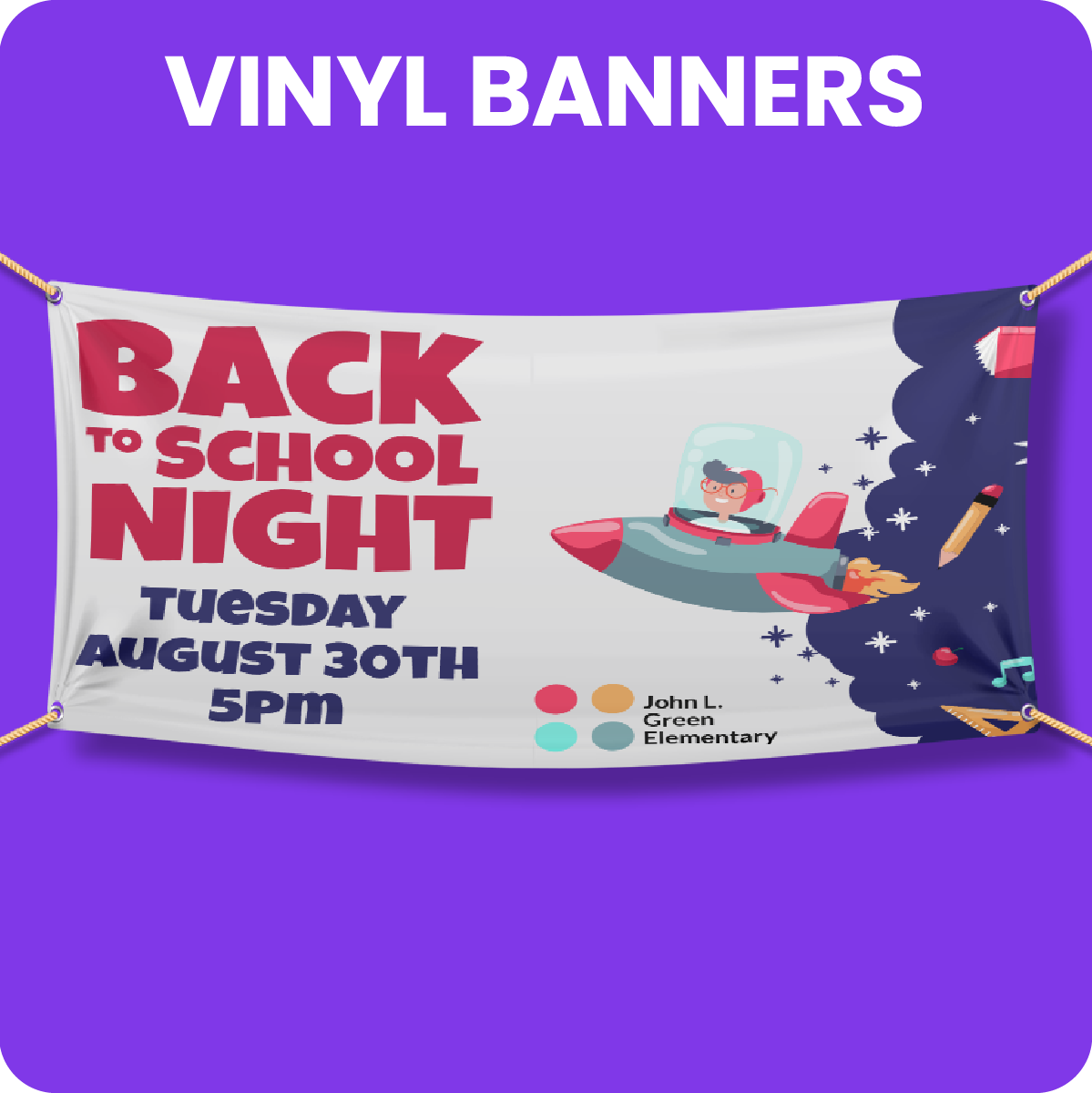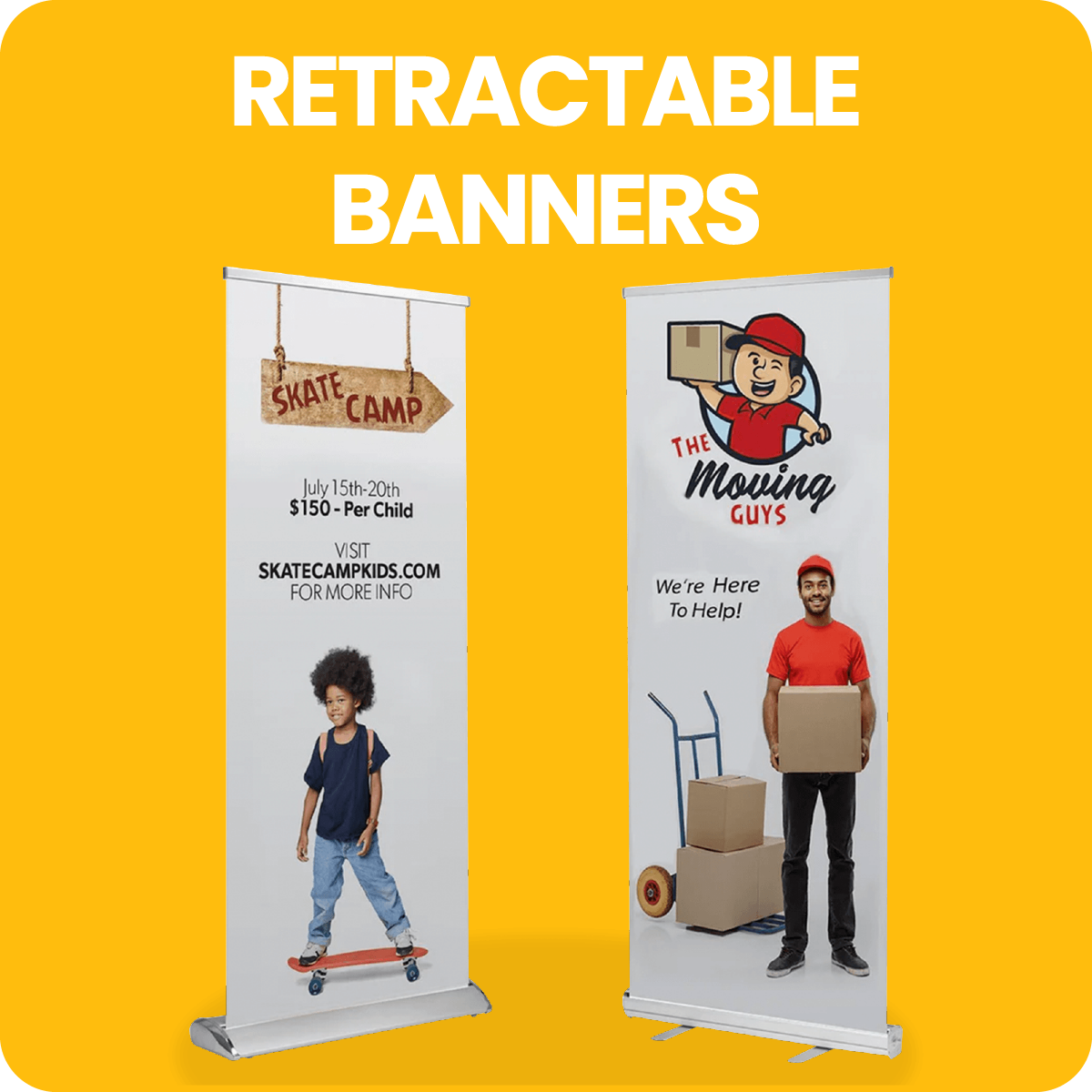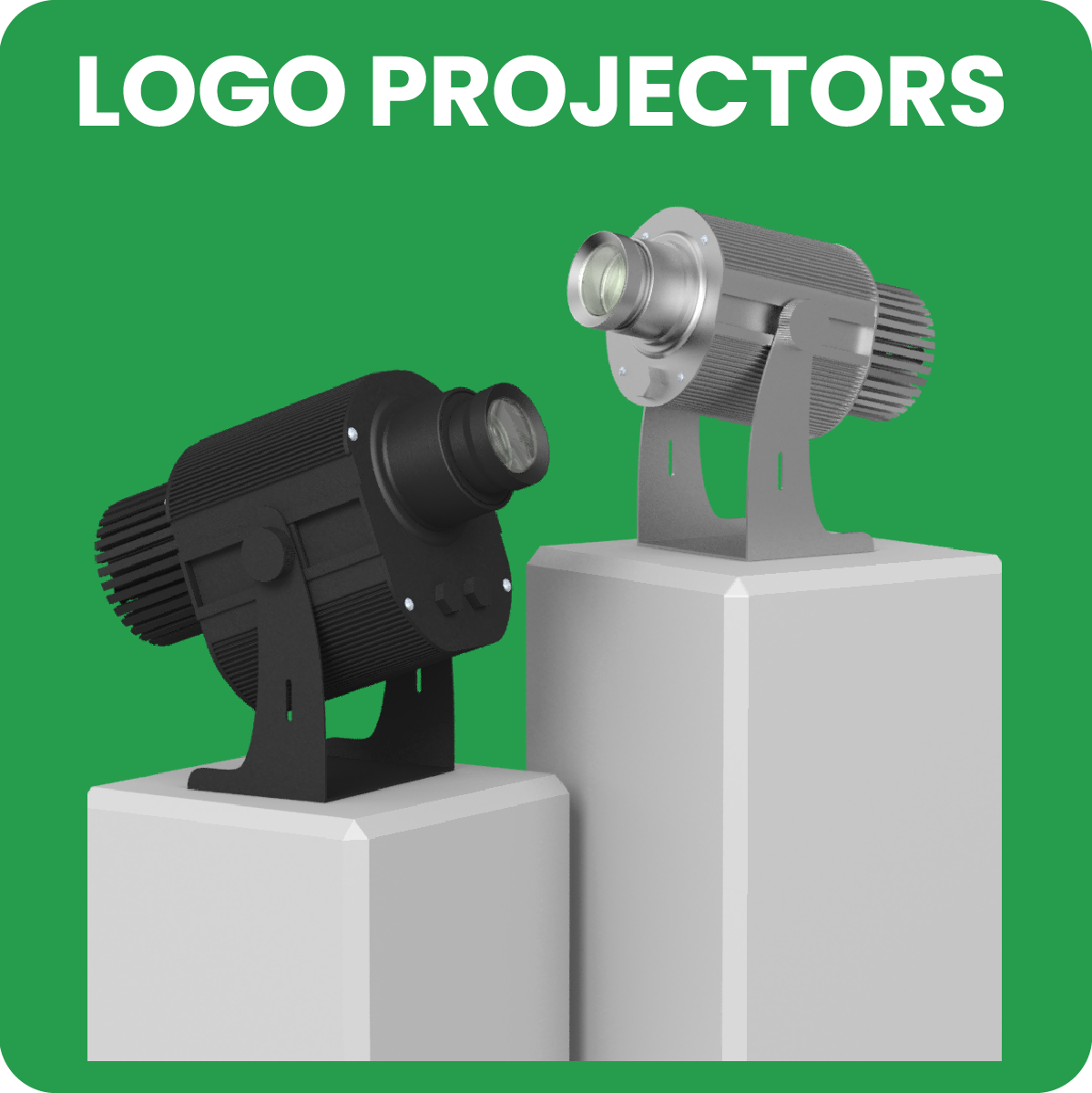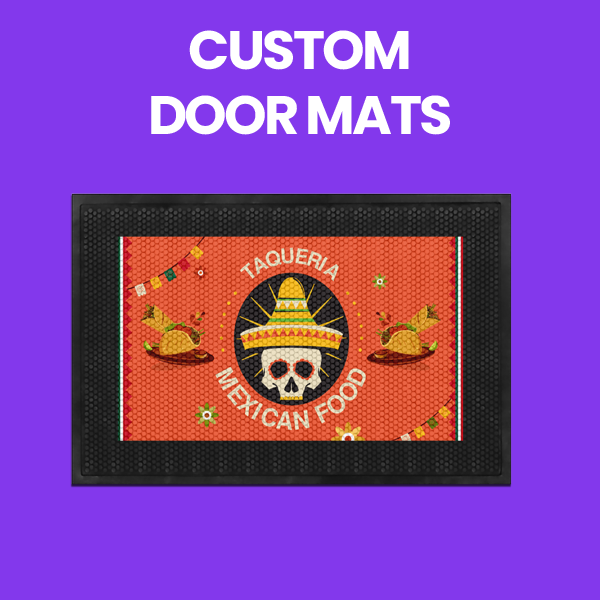Collection: Signs & Banners
Frequently Asked Questions
A decent banner size depends on various factors, including the purpose of the banner, where it will be displayed, and the viewing distance.
Here are some general guidelines for banner sizes based on common applications:
Outdoor Banners: For outdoor use, larger banners tend to be more effective as they need to be visible from a distance. Common sizes for outdoor banners are 8 feet by 4 feet (96 inches by 48 inches), 10 feet by 3 feet (120 inches by 36 inches), or 6 feet by 3 feet (72 inches by 36 inches). These sizes strike a good balance between visibility and portability.
Indoor Banners: Indoor banners can vary in size depending on the space available and the event or venue. A popular indoor banner size is 6 feet by 2 feet (72 inches by 24 inches), but you can also consider larger sizes like 8 feet by 3 feet (96 inches by 36 inches) or 10 feet by 4 feet (120 inches by 48 inches) for larger indoor spaces. Trade Show Banners: Trade show banners are typically smaller to fit within the confines of a booth space. Common trade show banner sizes include 3 feet by 6 feet (36 inches by 72 inches) or 2 feet by 6 feet (24 inches by 72 inches).
Tabletop Banners: Tabletop banners are smaller banners designed to sit on tables or counters. These banners are usually around 2 feet by 3 feet (24 inches by 36 inches) or 2 feet by 4 feet (24 inches by 48 inches).
Remember that readability is essential, so avoid making the text and graphics too small for the banner's size. Also, consider the location and viewing distance when selecting the banner size. For instance, if the banner will be viewed from a distance, a larger size with bolder graphics and text may be more appropriate. On the other hand, if the banner will be placed in close proximity to the audience, a smaller size may suffice. Ultimately, the best banner size for your specific needs will depend on the context of its usage and the impact you want to create. Before finalizing the size, consider the available space, the content you want to display, and your budget.
The cost of getting a custom sign made can vary widely depending on several factors, including the size, materials used, complexity of the design, and the sign-making company you choose.
Here are some factors that can influence the cost of a custom sign:
Size: The larger the sign, the more materials and labor required, which can increase the cost.
Materials: The type of materials used for the sign, such as vinyl, aluminum, wood, acrylic, or LED, can impact the price. High-quality materials may cost more but can also offer better durability and appearance.
Complexity of Design: Signs with intricate graphics, multiple colors, or 3D elements will require more design work and production time, which can affect the overall cost. Quantity: Ordering multiple signs may offer volume discounts, reducing the cost per unit.
Mounting and Installation: If the sign requires specialized mounting or installation, this may add to the total cost.
Additional Features: Additional features like backlighting, digital displays, or interactive elements can increase the cost. Customization: Custom sign makers may charge more for unique designs or one-of-a-kind creations. As a rough estimate, simple custom signs can start around $50 to $100, while larger or more elaborate signs can cost several thousand dollars or more.
It's essential to request quotes from multiple sign-making companies to compare prices and services. When requesting a quote, provide specific details about your desired sign, including dimensions, materials, colors, and any unique design elements. This will help the sign maker provide an accurate estimate tailored to your needs. Keep in mind that investing in a high-quality, professionally made custom sign can have a significant impact on your brand visibility and overall impression on customers and clients.
The cheapest custom sign material will depend on the size, complexity, and design of the sign, as well as the specific supplier you choose. However, some materials are generally more affordable than others.
Here are a few budget-friendly options for custom signs:
Corrugated Plastic (Coroplast): Corrugated plastic is a lightweight and durable material commonly used for temporary or short-term signage. It is often used for yard signs, event signs, and promotional displays. Corrugated plastic signs are cost-effective and can be suitable for both indoor and outdoor use.
PVC (Polyvinyl Chloride) Foam Board: PVC foam board is lightweight, water-resistant, and offers a smooth surface for printing graphics. It is a budget-friendly option for indoor signs and displays, such as point-of-purchase signs or exhibit boards.
Vinyl Banners: Vinyl banners are an affordable option for larger signs that need to be displayed outdoors. They are commonly used for event banners, promotional banners, and temporary signage. Poster Paper: For indoor posters or signs, poster paper is a cost-effective material. It is lightweight and easy to mount or display.
Corrugated Cardboard: Corrugated cardboard can be a very economical choice for temporary signs, especially when you need something quick and disposable. While these materials offer cost savings, they may not have the same durability and longevity as more expensive materials like metal, aluminum, or acrylic.
If your sign needs to withstand harsh weather conditions or have a longer lifespan, investing in more durable materials may be a better long-term solution. Before choosing a material, consider the intended use of the sign, the desired lifespan, and the environment in which it will be displayed. Additionally, get quotes from different sign-making companies to compare prices and ensure you're getting the best value for your specific needs.
Acrylic signs are considered a mid-range option in terms of pricing, falling between budget-friendly options like vinyl banners and more expensive materials like metal or wood. While acrylic signs are not as inexpensive as some of the more basic sign materials, they offer a combination of durability, versatility, and a professional appearance that makes them a popular choice for various applications.
Here are some factors that can influence the cost of acrylic signs:
Size and Thickness: Larger and thicker acrylic signs will generally cost more due to the increased amount of material required.
Customization: Signs with complex designs, custom shapes, or intricate engravings may have higher production costs.
Color and Printing: Full-color printing or specialized finishes can add to the cost of the sign.
Mounting and Hardware: Additional hardware or mounting options, such as standoffs or hanging hardware, may increase the overall cost.
Quantity: Ordering multiple acrylic signs may offer volume discounts. As a rough estimate, basic acrylic signs can start around $149, while larger or more customized signs can cost several hundred dollars or more. High-quality acrylic signs with custom graphics and finishing options can be a worthwhile investment for businesses seeking a professional and long-lasting signage solution. If you are interested in acrylic signs, it's advisable to request quotes from different sign manufacturers to compare prices and services. Be sure to provide specific details about your desired sign, including dimensions, thickness, and any customization requirements, to get accurate estimates tailored to your needs.
Acrylic signs are durable and less likely to break compared to glass or other fragile materials. However, like any material, acrylic signs are not entirely indestructible and can be damaged under certain conditions. Acrylic is a type of plastic known for its high impact resistance and strength, but it still has its limits.
Here are some factors that can affect the durability of acrylic signs:
Thickness: The thickness of the acrylic sign plays a significant role in its strength and resistance to breakage. Thicker acrylic signs are generally more robust and less prone to breakage than thinner ones.
Installation: Proper installation is crucial for the longevity of acrylic signs. Signs that are securely mounted and supported are less likely to experience accidental damage.
Environmental Conditions: Acrylic signs can be sensitive to extreme temperatures. In very cold temperatures, acrylic can become more brittle, increasing the risk of cracking or breaking upon impact. Impact and Abuse: While acrylic is impact-resistant, excessive force or abuse can cause it to crack or break. Avoid dropping heavy objects on acrylic signs or subjecting them to unnecessary stress.
UV Exposure: Acrylic signs are generally suitable for outdoor use as they are resistant to UV rays. However, prolonged exposure to direct sunlight can lead to discoloration or reduced clarity over time.
Cleaning: Use non-abrasive materials and cleaning agents when maintaining acrylic signs. Abrasive cleaners or rough materials can scratch or damage the surface.
Overall, acrylic signs are considered a sturdy and reliable signage option for various applications. When properly maintained and cared for, acrylic signs can have a long lifespan and withstand typical wear and tear. If you're concerned about the potential for breakage, consider using thicker acrylic or exploring alternative sign materials better suited to your specific needs and environment.
Vinyl banners are generally considered a cost-effective and budget-friendly option for signage and promotional displays. The cost of vinyl banners can vary depending on several factors, including the size, design complexity, finishing options, and the supplier or printing company you choose. However, compared to other sign materials like metal, acrylic, or wood, vinyl banners tend to be more affordable.
Here are some factors that can influence the cost of vinyl banners:
Size: Larger banners will require more material and may cost more than smaller ones. Design Complexity: Simple designs with fewer colors and graphics are generally more economical than intricate designs.
Finishing Options: Additional finishing options, such as grommets for hanging or hemming for reinforcement, may add to the overall cost.
Quantity: Ordering multiple banners may offer volume discounts. As a rough estimate, basic vinyl banners can start as low as $20 to $50 for smaller sizes, while larger or more customized banners can cost several hundred dollars. The cost of high-quality vinyl banners with full-color printing and additional features may vary from $50 to a few hundred dollars, depending on the specifications.
One of the advantages of vinyl banners is their versatility and suitability for both indoor and outdoor use. They are durable, weather-resistant, and can be easily rolled up and stored for reuse in future events or promotions. Make sure to provide specific details about your desired banner, such as size, finishing options, and any customization requirements, to receive accurate estimates tailored to your needs.
The lifespan of vinyl banners used outdoors can vary depending on several factors, including the quality of the material, the environmental conditions, and how well the banner is maintained. Generally, high-quality vinyl banners designed for outdoor use can last anywhere from 1 to 5 years or more with proper care.
Here are some factors that can influence the durability of vinyl banners outdoors:
Quality of Material: High-quality vinyl banners made from durable, UV-resistant materials tend to last longer than cheaper, low-quality options.
UV Exposure: Continuous exposure to direct sunlight can cause the colors on the banner to fade over time. UV-resistant inks and coatings can help prolong the vibrancy of the graphics.
Weather Conditions: Vinyl banners can withstand various weather conditions, including rain and wind. However, exposure to extreme weather, such as strong winds, hail, or snow, can cause wear and tear.
Maintenance: Regular maintenance can extend the life of the banner. Clean the banner periodically with a mild detergent, and store it properly when not in use to prevent damage.
Installation: Proper installation is essential to prevent unnecessary stress on the banner and ensure it is securely attached to withstand windy conditions.
Location: The location of the banner can impact its lifespan. Banners installed in areas with high pollution or industrial emissions may experience faster wear due to environmental factors. Keep in mind that outdoor conditions can be unpredictable, and even with the best care, the lifespan of a vinyl banner may be affected by unforeseen events or harsh weather. If you need a banner for a short-term event or promotion, consider using a less expensive vinyl option. For longer-term use or banners displayed in more challenging environments, investing in a higher quality and more durable vinyl material is advisable.
Always check with the manufacturer or supplier for specific information about the expected lifespan of their vinyl banners and any care instructions to ensure the banner's optimal performance and longevity.
The most popular vinyl banner size can vary depending on the specific needs and preferences of businesses or individuals ordering banners. However, certain banner sizes are commonly used due to their versatility and ability to accommodate various display settings.
Here are some popular vinyl banner sizes:
3 feet by 6 feet (36 inches by 72 inches): This size provides a good balance between visibility and portability, making it a popular choice for trade shows, events, and outdoor displays.
2 feet by 6 feet (24 inches by 72 inches): Similar to the previous size, this banner size is commonly used for events, storefronts, and smaller indoor displays.
4 feet by 8 feet (48 inches by 96 inches): This larger banner size is often utilized for outdoor advertising, grand openings, or larger-scale events.
2 feet by 4 feet (24 inches by 48 inches): A smaller banner size that is commonly used for indoor displays, retail promotions, and point-of-sale advertising. 2 feet by 8 feet (24 inches by 96 inches): This longer banner size is suitable for displaying along walls or fences, ideal for conveying longer messages or showcasing multiple products. These sizes are popular because they are easily visible, versatile for various display situations, and can accommodate essential information and graphics without becoming overwhelming. However, the best vinyl banner size for your specific needs will depend on factors such as the available space, the message you want to convey, and the display location.
When ordering a vinyl banner, consider the context in which it will be used and the viewing distance to ensure the text and graphics are easily readable. Additionally, discuss your requirements to get recommendations on the most suitable size for your specific application.
Yes, vinyl banners can wrinkle under certain conditions. Vinyl is a flexible material, and when banners are rolled up for storage or transportation, they may develop temporary wrinkles or creases. However, these wrinkles are typically not permanent and can be easily smoothed out when the banner is unrolled and hung for display.
To prevent wrinkles and creases on vinyl banners:
Proper Storage: Store vinyl banners rolled up rather than folded. Rolling banners helps minimize the risk of permanent creases and wrinkles.
Use a Banner Stand or Frame: When displaying vinyl banners, use a banner stand or frame designed for the banner's size. This will help keep the banner taut and smooth, reducing the likelihood of wrinkles during display.
Avoid Extreme Temperature Changes: Rapid temperature changes can cause vinyl to contract or expand, potentially leading to wrinkles. Avoid exposing vinyl banners to extreme temperature fluctuations.
Unroll Carefully: When taking the banner out of storage, unroll it carefully and let it lay flat for a short time. This allows the material to relax and helps minimize any temporary wrinkles.
Weight the Corners: If wrinkles do occur during storage or transportation, gently weighting the corners of the banner for a short time can help smooth out the material.
Keep in mind that vinyl banners are designed to be durable and can withstand normal handling, including rolling and unrolling. Temporary wrinkles that may occur during storage or transportation should not affect the overall quality or performance of the banner.




